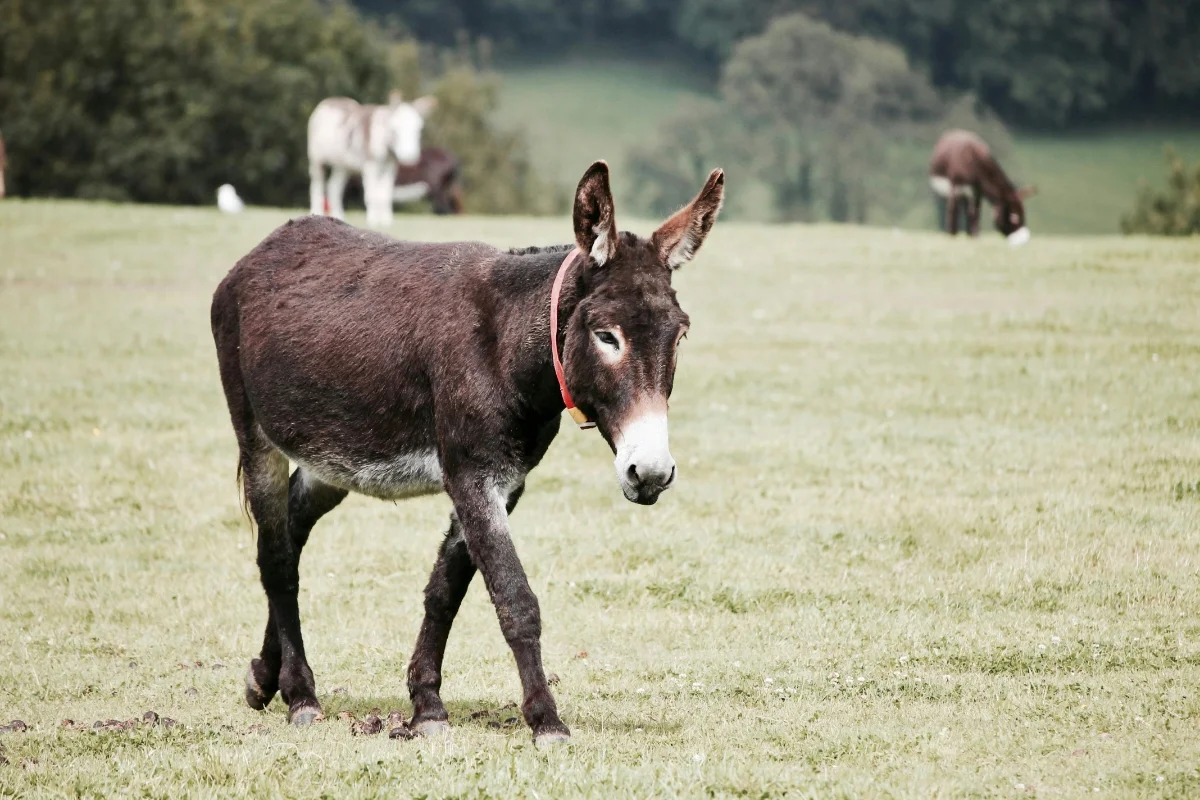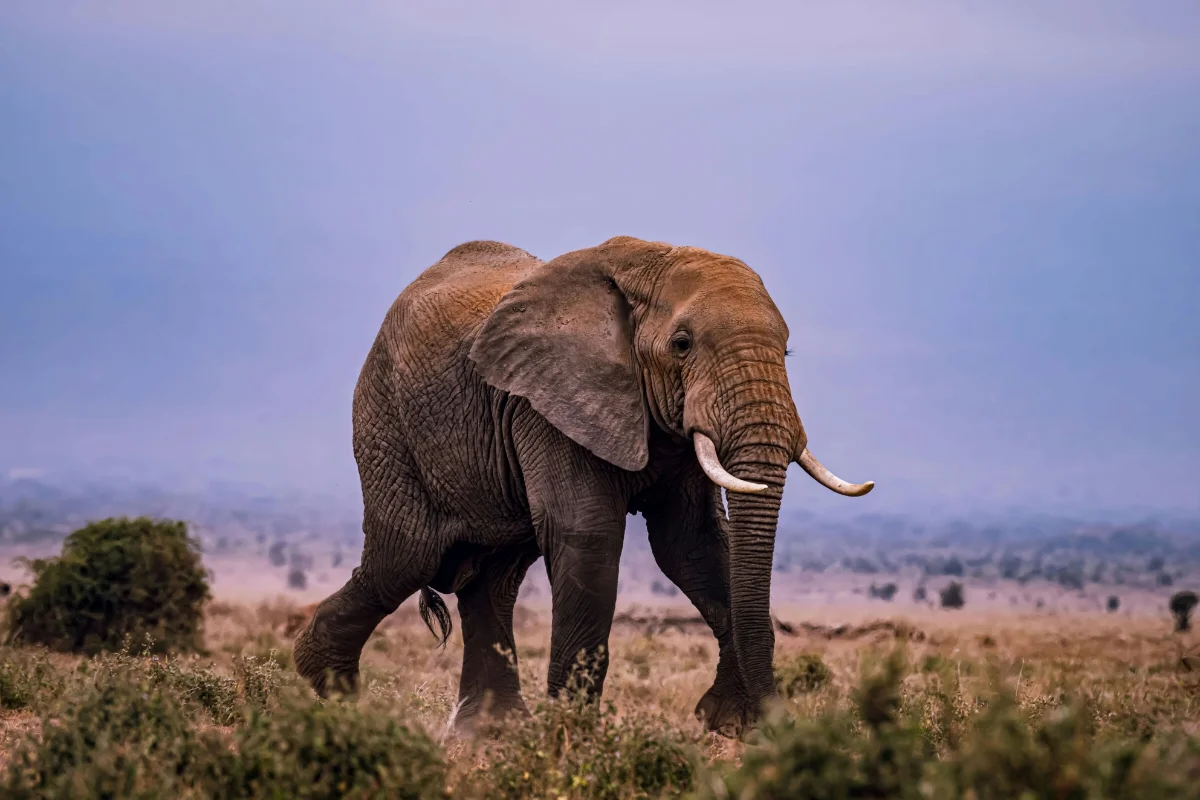Shark
Shark is a cartilaginous fish that belongs to the Chondrichthyes class. They have existed for over 400 million years, predating dinosaurs. With…
Shark is a cartilaginous fish that belongs to the Chondrichthyes class. They have existed for over 400 million years, predating dinosaurs. With over 500 species, they vary in size, shape, and behavior. Sharks are apex predators, playing a crucial role in marine ecosystems by maintaining balance among prey populations and ensuring biodiversity.
Shark Facts Overview
| Length: | 6 in – 60 ft |
| Weight: | 18,000 kg |
| Top Speed: | Up to 35 mph |
| Food: | Fish, squid, seals, plankton |
| Color: | Gray, blue, brown, white |
| Location: | Oceans worldwide |
| Predators: | Bigger sharks, orcas, humans |
| Lifespan: | 20–400 years |
| Habitat: | Seas, reefs, deep water |
| Gestation: | 5 months – 2+ years |
Description
Sharks have a streamlined, torpedo-shaped body that enhances speed and agility in water. Unlike bony fish, their skeletons are made of cartilage, making them lighter and more flexible. They have multiple rows of replaceable teeth, powerful jaws, and a keen sense of smell, helping them hunt efficiently. Some species grow over 40 feet long.
Lower Classifications
Sharks are classified into eight orders, including Carcharhiniformes (requiem sharks), Lamniformes (mackerel sharks), and Orectolobiformes (carpet sharks). Famous species include the great white shark, hammerhead shark, tiger shark, and whale shark. Each classification varies in size, habitat, and feeding behavior, adapting uniquely to different marine environments and ecological roles.
Characteristics
Sharks have unique adaptations, including dermal denticles that reduce drag, electroreception for detecting prey, and a highly developed sense of smell. Their eyes adjust to low light, making them effective nocturnal hunters. Some species exhibit bioluminescence, while others, like hammerheads, have wide-set eyes for enhanced vision and hunting precision.
Lifespan
Shark lifespans vary significantly, ranging from 12 to over 100 years. The Greenland shark holds the record, potentially living over 400 years. Lifespan depends on species, environment, and predation risks. Sharks grow slowly, mature late, and reproduce infrequently, making them vulnerable to overfishing and population decline.
Predators
Sharks have few natural predators, but larger sharks sometimes prey on smaller species. Killer whales (orcas) are known to attack great white sharks. However, the biggest threat comes from humans through overfishing, bycatch, and finning. Pollution and habitat destruction also endanger shark populations, disrupting marine ecosystems significantly.
Habitat
Sharks inhabit oceans worldwide, from shallow coastal waters to deep-sea trenches. Some species, like bull sharks, tolerate freshwater and swim up rivers. Coral reefs, open oceans, and icy Arctic waters all host different shark species. Their adaptability allows them to thrive in diverse marine conditions, from tropical to polar regions.
Distribution
Sharks are found in all oceanic regions, with species-specific distributions. Tropical and temperate waters host most species, but some, like the Greenland shark, survive in deep, cold waters. Coastal areas, continental shelves, and oceanic islands are common shark hotspots, influenced by prey availability, temperature, and breeding grounds.
Diet
Sharks have diverse diets depending on species. Carnivorous sharks consume fish, squid, marine mammals, and even other sharks. Some, like tiger sharks, eat almost anything, including garbage. Whale sharks and basking sharks are filter feeders, consuming plankton. Their feeding strategies include ambush, pursuit, scavenging, and suction feeding.
Behavior
Shark behavior varies widely. Some are solitary hunters, while others, like hammerheads, form schools. Many species migrate long distances for food or breeding. They use electroreception and lateral lines to detect movement and prey. Sharks are curious but cautious, often investigating objects with their mouths rather than attacking immediately.
Reproduction
Sharks have unique reproductive strategies, including oviparity (egg-laying), viviparity (live birth), and ovoviviparity (egg-hatching within the mother). Gestation periods range from months to years. Some species practice intrauterine cannibalism, where embryos consume siblings in the womb. Slow reproduction rates make sharks highly vulnerable to overfishing and population decline.
Shark Scientific Classification
| Kingdom: | Animalia |
| Phylum: | Chordata |
| Class: | Chondrichthyes |
Animals for You
References
1. Shark Wikipedia Article – https://en.wikipedia.org/wiki/Shark







